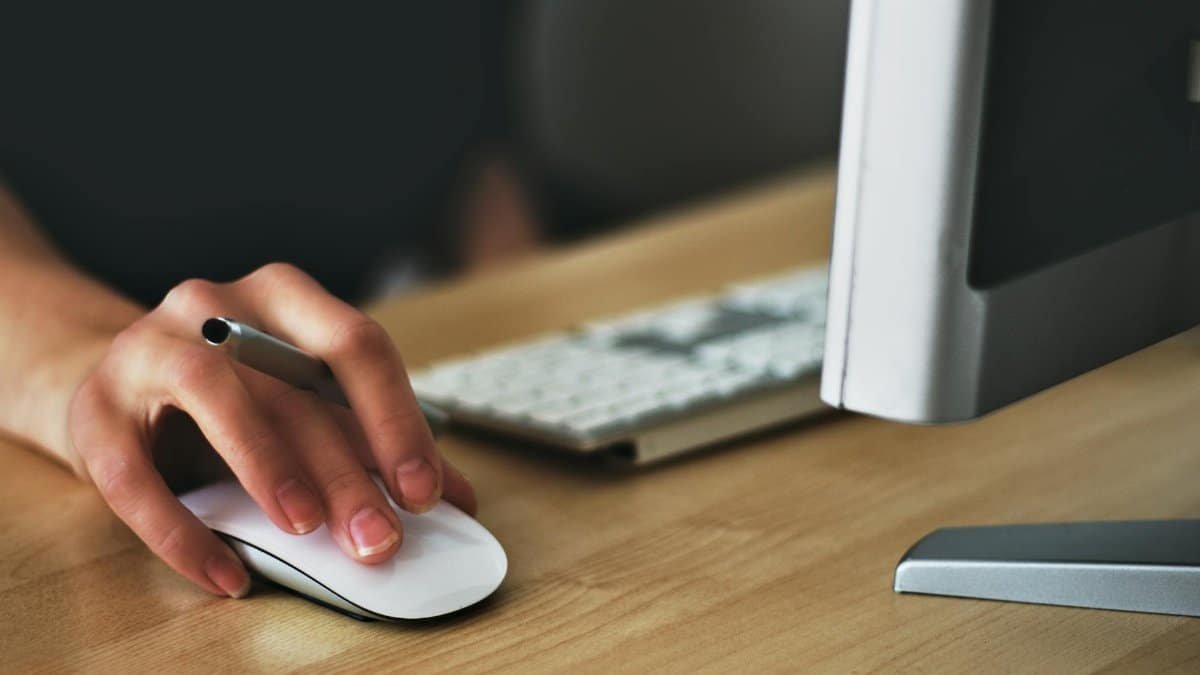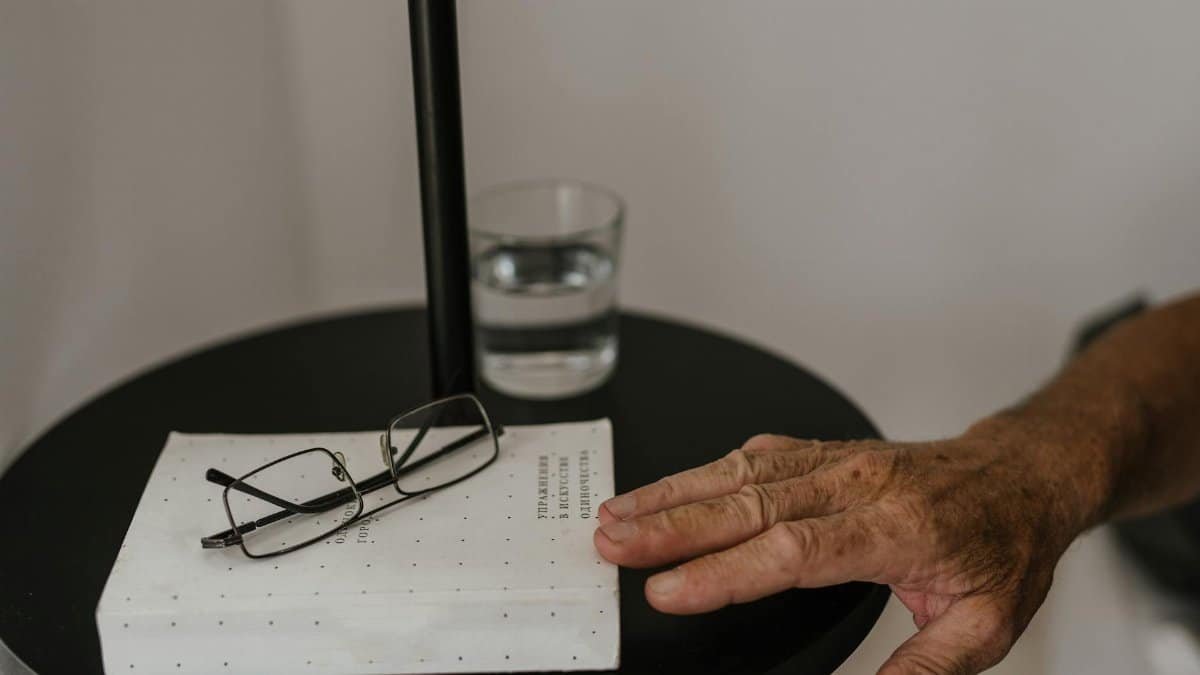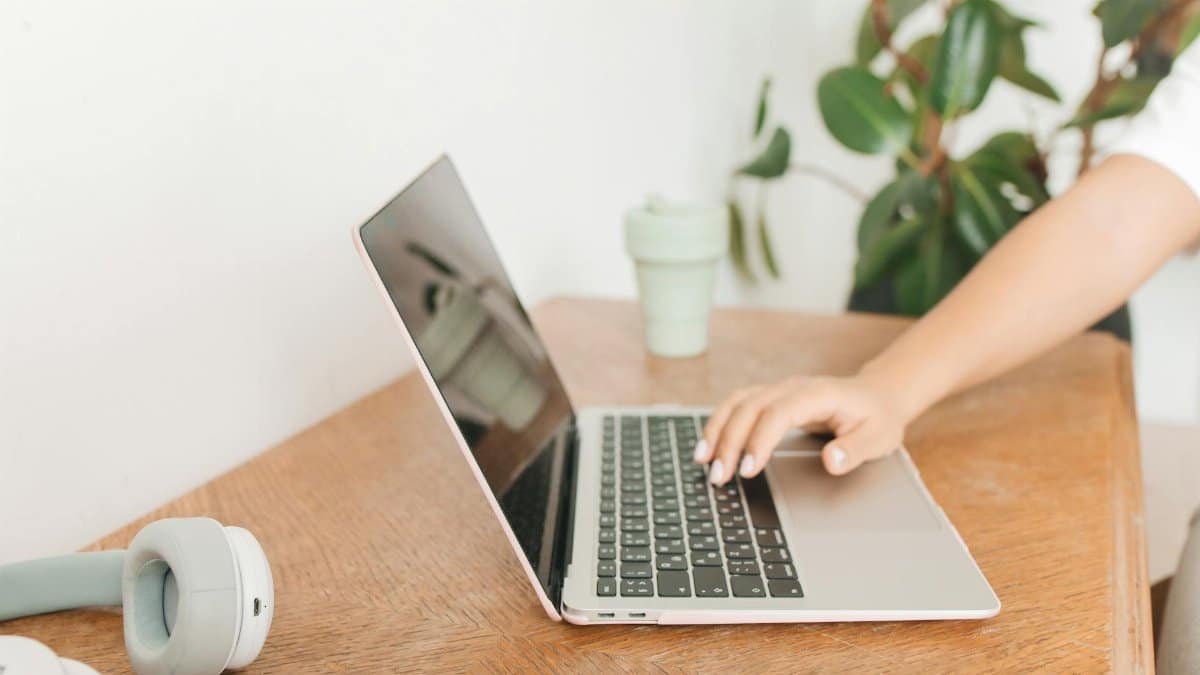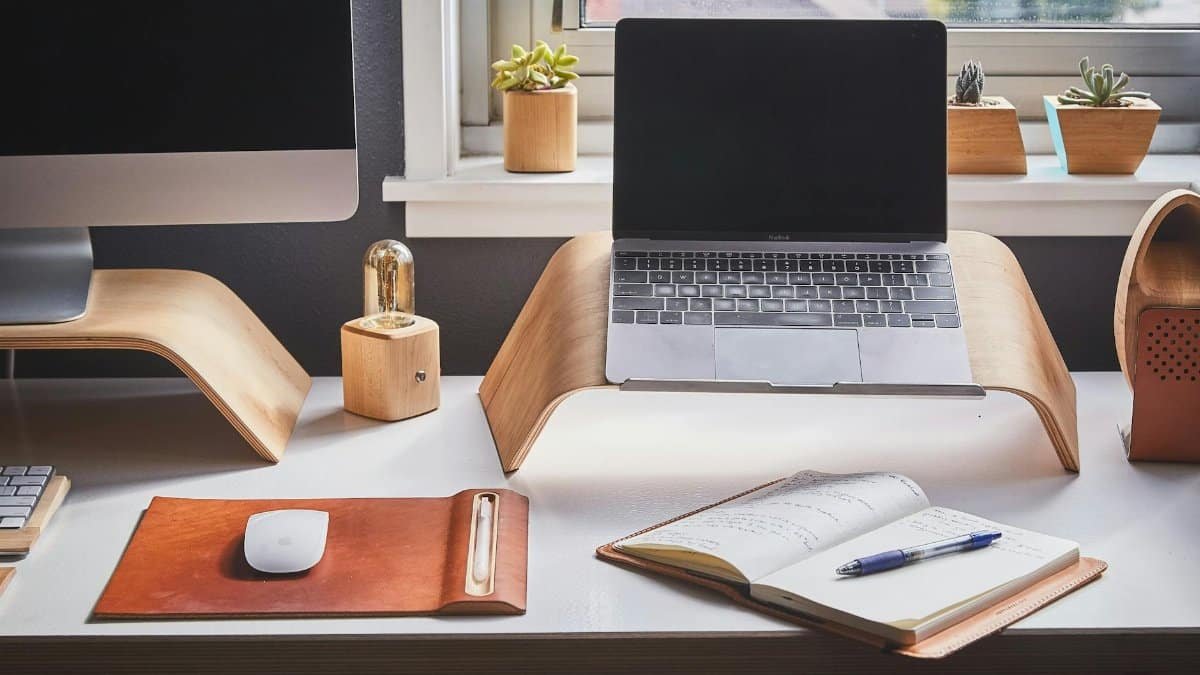Sunlight filtered through the blinds of a small home office in suburban Ohio, casting soft stripes across a cluttered desk. A middle-aged accountant, hunched over a laptop, rubbed her aching neck with a sigh. This scene, replayed in countless homes across the country, underscores a quiet epidemic of discomfort. Many Americans spend hours tethered to workspaces that sap energy and strain bodies. Yet, a growing number are discovering a remedy through ergonomic zen desk tweaks—small, intentional adjustments that transform chaotic setups into sanctuaries of calm and efficiency. These changes aren’t just about posture or equipment. They’re about crafting a space that soothes the mind while supporting the body. As remote work continues to redefine daily life in 2025, the quest for balance at the desk feels more urgent than ever. What follows are 14 practical tweaks to help anyone build their own haven of focus and ease.
1. Start with Chair Height Harmony

Imagine settling into a chair that feels like it was molded for your frame. The first step to ergonomic bliss is adjusting chair height so feet rest flat on the ground, knees at a 90-degree angle. This isn’t just a random rule—it’s backed by research showing that proper alignment reduces lower back strain. A study from the CDC’s National Institute for Occupational Safety and Health highlights how poor seating posture contributes to chronic pain. Take a moment to slide the chair up or down. If it’s non-adjustable, a firm cushion or footrest can bridge the gap. The goal? A natural position where the body doesn’t fight gravity all day. One remote worker described the shift as “like finally exhaling after holding my breath for hours.” Small tweaks like this set the tone for everything else.
2. Position the Monitor for Eye Ease

Staring at a screen shouldn’t feel like a battle. Place the monitor at eye level, about 20-30 inches away, to avoid neck craning or eye fatigue. The Mayo Clinic notes that improper screen height is a leading cause of tension headaches among desk workers. If the monitor sits too low, stack it on sturdy books or invest in a stand. Too high? Adjust downward or tilt slightly. The sweet spot is where the top of the screen aligns with your natural gaze. This subtle shift can cut down on those end-of-day “why do I feel so drained?” moments, letting the eyes relax while the mind stays sharp.
3. Keyboard Alignment for Wrist Relief

Typing shouldn’t punish the wrists. Position the keyboard so forearms are parallel to the floor, wrists straight, not bent upward or down. Data from the Occupational Safety and Health Administration shows that repetitive strain injuries often stem from poor wrist angles during long work hours. If the desk is too high, a keyboard tray can lower the setup. Add a wrist rest if needed, but don’t rely on it as a crutch—neutral positioning is key. One online account shared how this tweak eased years of tingling in the hands, a reminder that tiny adjustments can unravel stubborn aches.
4. Mouse Placement to Avoid Overreach

Reaching too far for a mouse can quietly stress the shoulder. Keep it close, right beside the keyboard, at the same height. This minimizes arm extension, which, per guidelines from the UCLA Ergonomics Program, can lead to upper body tension over time. Test the setup by moving the cursor—does the arm feel relaxed, or strained? Adjust until it’s effortless. It’s a minor change, but one that keeps the body from compensating in ways that build fatigue. Think of it as decluttering not just the desk, but the motion itself.
5. Clear Desk Clutter for Mental Calm

A desk buried under papers and gadgets isn’t just an eyesore—it’s a mental drain. Clear the surface to essentials only: computer, notepad, maybe a pen holder. Studies suggest visual clutter heightens stress, disrupting focus. Leave space to breathe. File away stray documents or use small organizers for odds and ends. The result is a workspace that feels less like a battleground and more like a retreat. One person likened it to “tidying up my thoughts along with my desk.” Pair this with ergonomic zen desk tweaks, and the effect deepens—physical ease and mental clarity start to align.
6. Add a Touch of Greenery

Plants do more than decorate. A small succulent or fern on the desk can soften the sterile vibe of tech-heavy spaces. Research from environmental psychology shows greenery reduces stress and boosts mood, even in tiny doses. Watering a plant during a break becomes a micro-ritual, a pause that resets the mind. Place it where it won’t crowd the workspace but still catches the eye. It’s a quiet nod to nature, grounding the hours spent in front of a screen. For those skeptical of upkeep, even a fake plant can mimic the calming effect without the fuss.
7. Soften Harsh Lighting

Fluorescent glare or overly bright screens can strain eyes and fray nerves. Swap harsh overheads for a desk lamp with adjustable warmth—aim for soft, diffused light. Position it to avoid shadows on the work area. The goal is a glow that feels gentle, not clinical. Eye strain, often tied to poor lighting, affects millions of workers yearly. A warm-toned bulb can shift the entire mood of a space, making long hours less taxing. Layer this with natural light if possible, cracking a window to let in daylight’s subtle lift.
8. Incorporate a Standing Option

Sitting for hours isn’t just uncomfortable—it’s a health risk. Standing desks, or even a high shelf for periodic use, break the sedentary cycle. Alternate between sitting and standing every hour or so. Research links prolonged sitting to back issues and reduced energy. Even a stack of boxes can prop up a laptop for a quick standing stint. The shift wakes up the body, easing stiffness. One user noted feeling “unstuck” after weaving in just 20 minutes of standing daily. It’s less about perfection and more about movement.
9. Cushion for Tailbone Comfort

A hard chair can turn hours at the desk into a slow grind. A seat cushion with memory foam or gel can ease pressure on the tailbone and hips. Look for one with a contoured design to support natural curves. This isn’t a luxury—it’s a buffer against the wear of static sitting. Discomfort in this area often creeps up unnoticed until it’s chronic. Adding this layer can make the difference between dreading the chair and sinking into it with relief. Test different densities to find what fits.
10. Organize Cables for Visual Peace

Tangled cords aren’t just messy—they’re a subtle stressor. Use clips or sleeves to bundle wires under or behind the desk. A clean line of sight soothes the brain, cutting down on that nagging sense of disorder. It’s practical too—fewer snags mean less frustration when shifting gear. Spend a few minutes routing cables out of view. The payoff is a workspace that feels intentional, not chaotic, amplifying the calm of ergonomic zen desk tweaks. It’s a detail, but one that ripples outward.
11. Set Up a Footrest for Lower Body Support

If feet dangle or strain to touch the floor, tension climbs up the legs. A footrest—whether store-bought or a sturdy box—offers a stable base. It supports proper posture by keeping thighs parallel to the ground. Chiropractic studies note this reduces strain on the lower back, a common desk-work complaint. Adjust it so knees stay at that 90-degree sweet spot. It’s a grounding element, quite literally, that keeps the body settled and the mind less distracted by discomfort.
12. Personalize with a Calming Object

A small, meaningful item—a smooth stone, a family photo—can anchor the desk emotionally. Place it where it’s visible but not in the way. This isn’t clutter; it’s a touchstone, a reminder of life beyond the screen. Psychological research points to personal objects as stress buffers, easing the grind of deadlines. One worker shared keeping a tiny carved bird nearby, a gift from a child, as a quiet source of warmth. It’s a personal tweak, but one that ties into the zen ethos.
13. Adjust Desk Depth for Arm Space

A desk too shallow forces awkward hunching; too deep, and reaching becomes a chore. Aim for enough depth so elbows rest comfortably at a right angle while typing. If the desk can’t be swapped, reposition gear closer or farther as needed. Physical strain from poor spacing builds silently, often showing up as shoulder tightness. Carve out room to move without stretching. This tweak ensures the body isn’t quietly battling the workspace, letting focus stay on the task.
14. Schedule Micro-Breaks for Reset

No setup, however perfect, replaces the need to step away. Set a timer for every 30-50 minutes to stand, stretch, or just breathe. Research shows short breaks combat mental fatigue and physical stiffness, keeping productivity steady. Use this pause to glance at that plant or sip water—anything to shift gears. It’s not slacking; it’s sustaining. Weaving this habit into ergonomic zen desk tweaks creates a rhythm where the desk feels like a partner, not a cage. Over time, these moments rebuild energy for the long haul.
Natasha is the heart of our exploration into conscious connection. Applying principles from multiple counseling courses in her own life, she guides you to cultivate stronger, more joyful bonds.
Disclaimer
The content on this post is for informational purposes only. It is not intended as a substitute for professional health or financial advice. Always seek the guidance of a qualified professional with any questions you may have regarding your health or finances. All information is provided by FulfilledHumans.com (a brand of EgoEase LLC) and is not guaranteed to be complete, accurate, or reliable.
